
Restricted Areas in Nepal – List, Permit and Entry Fee

Table of Contents
The government protects restricted areas in Nepal for the conservation of nature, wildlife, plants, and other important factors. Nepal is a country with rich biodiversity with rare flora and fauna.
Restricted areas in Nepal are areas where we just cannot roll up and walk freely. The government restricts some areas to protect the environment, secure borders, and respect cultural sensitivities.
To enter and go through these restricted areas, you need a permit, and the government does not allow independent trekking. The government did not allow foreign visitors to trek or walk in restricted areas until 1991 A.D. but after the arrival of democracy in Nepal, the government allowed foreigners to trek with special permits.
There are 15 restricted areas throughout Nepal, and these restricted areas comprise beautiful snow-covered mountains, rivers, streams, greenery, and ancient settlements.
Nepal is a developing nation with rapid modernization, and some development approaches directly or indirectly affect the richness of areas. People with wrong intention can misuse or exploit resources. So, to protect them, there are strict laws.
What does “restricted areas in Nepal” mean?
You might hear what restricted area in Nepal are and why they are restricted. In Nepal, restricted areas don’t mean you are not allowed in those areas, but you can access these areas only with a permit and a minimum of two people.
There is restriction for the protection of their culture, ancient paths, and nature. They are not just land but living heritage, deep cultural roots, sensitive borders and ecosystems.
Nepal has opened many of these areas, and you can trek through or explore restricted areas with a Restricted Area Permit (RAP) and a guide. Authority does not allow solo walking which makes the assistance of licensed guides mandatory.
Walking through such restricted areas requires you to pay slightly higher fees than open areas like Annapurna and Everest region. Nature enthusiasts coming from around the globe like to explore these restricted areas to experience the untouched nature and remoteness.
Most of these areas are close to the Chinese border, which are a high-security places that requires you to have a licensed guide and permit. The reason for the high permit fees is to preserve culture, traditions, and important geographic features and safeguard their integrity with strict restriction laws.
Why Are Permits Required?
Permits for restricted area in Nepal aren’t just paperwork. They’re a safeguard and a system built around responsibility, respect, and regulation. These regions often sit close to sensitive borders, house fragile cultures, or lie in remote wilderness where infrastructure is minimal, and rescue efforts are difficult.
That’s why the Nepalese government requires foreign travellers to secure special permissions and always trek with a licensed guide, not just to protect the land but also to ensure your safety.
You might ask, “Why pay to walk a trail?” Well, remember you’re a guest here. Trekking through lands with deep heritage and delicate ecosystems demands respect. These permit fees aren’t just charges; they help maintain the path you walk, support local communities, and protect the landscapes you admire.
While the cost of permits may vary from low to quite steep depending on the area, they’re rarely unaffordable compared to the rare beauty and cultural depth you’re accessing.
Restricted area in Nepal attracts more explorers than ever, and that’s a double-edged sword. On one hand, it’s amazing to see interest in Nepal’s lesser-known wonders rising. On the other hand, too much foot traffic brings challenges like trash, erosion, disruption of wildlife, and even accidents on dangerous routes.
Permits aren’t just about control but they’re about care. They limit overcrowding and fund annual cleanups that help heal the land from human impact. In remote zones where there’s no proper Leave No Trace culture, restoration becomes essential.
And when you have a record of who’s on the trail, authorities can send search and rescue teams faster if someone goes missing or gets hurt. So, the permit isn’t a barrier but A bridge between traveller and terrain, culture and conservation, safety and adventure.
Do helicopter tours to restricted areas require a permit?
Helicopter tours over Nepal’s breathtaking landscapes are thrilling, but when it comes to flying into restricted zones, things aren’t that simple. Government protect these areas for good reasons, whether it’s to preserve fragile ecosystems, honour sacred cultural spaces, or maintain border security.
So, if you’re eyeing a helicopter trip to one of these special spots, know that you’ll need to go through a process that includes permits from multiple authorities which your agency will handle. Before taking off toward these sacred or sensitive lands, you’ll need proper documentation and not just one.
If you’re flying to restricted area in Nepal, You must handle everything according to the legal process. Missing paperwork or skipping steps can lead to serious issues.
Why? Because the stakes are higher. These places often hold religious, cultural, or ecological significance. The higher fees help fund protection efforts and manage tourism responsibly. Plus, there are limits on how many people can fly in. Fewer visitors mean less impact but also more paperwork and monitoring, which adds to the cost.
And in case you’re wondering about the ride itself, the helicopter is the same kind used in other popular routes. But if your group includes five people (including the government-assigned officer), one helicopter is enough. If you’re more than that, you’ll need a second flight called a double shuttle to accommodate everyone legally.
Restricted area tours take more planning, more permissions, and a bit more budget, but they offer an exclusive window into Nepal’s most protected wonders.
Restricted area in Nepal protect the integrity of the area, which is very important to maintain the fragile ecosystem. There are 15 Restricted areas in Nepal, and the following permits are needed at a certain cost.
Upper Mustang
The upper Mustang lies close to the China border and in the mountainous region of Nepal. It is situated at an elevation of 3,840 meters (12,598 ft), which is the reason why it is called the Upper Mustang. It lies slightly higher than the Mustang at 2,800 meters (9,200 ft). There are three municipalities in upper mustang region which are;
- Lomanthang Rural Municipality (All areas of ward no. 1 to 5)
- Lo-Ghekar Damodarkunda Rural Municipality (All areas of ward no. 1 to 5)
- Baragung Muktichetra Rural Municipality (All areas of ward no. 3 and Satang Village of ward no.5)
To Trek or explore these areas, the authority will charge you USD 500 per head for the first ten days and USD 50 per head if you wish to extend beyond 10 days.
Upper Dolpa
Upper Dolpa lies at a slightly higher elevation than the Dolpa region, which is why it is called Upper Dolpa. It comprises three Municipalities in the Upper Dolpa region;
- Dolpo Buddha Rural Municipality (All areas of ward no. 4 to 6)
- Shey Phoksundo Rural Municipality (All areas of ward no. 1 to 7)
- Charka Tangsong Rural Municipality (All areas of ward no. 1 to 6)
To trek through these areas or explore these regions, permit fee is USD 500 per head for the first 10 days. If you extend your journey beyond that duration, you will be charged USD 50 per head.
Gorkha Manaslu Area
Manaslu means “mountain of spirit” and lies in the Gorkha district. There is only one restriction area, which is Chumnubri Rural Municipality (All areas of wards no. 1,2,3 and 4) in the Gorkha manaslu area. The government charges the permit cost according to months.
If you travel between September – November, permit fee is USD 100 per person for the first week and USD 15 per person each day after that week. From December to August, USD 75 per person for the first week and USD 10 per person each day after that week.
Humla
Far out in Nepal’s northwest, Humla is raw, remote, and otherworldly. Bordering Tibet, this land feels timeless, wrapped in silence and sky. It’s the trailhead for the sacred Kailash journey and a sanctuary for those chasing stillness. Humla comprises three municipalities in this region;
- Simikot Rural Municipality (All areas of ward nos. 1,6 and 7)
- Namkha Rural Municipality (All areas of ward no. 1 to 6)
- Changkheli Rural Municipality (All areas of ward no. 3 to 5)
The authority will charge you USD 50 per person for the first week and USD 10 each day after the expiration of the first week.
Taplejung
Nestled deep in the east, Taplejung is the gateway to Kanchenjunga Base Camp Trek, the third-highest mountain in the world. The air is crisp, the forest dense, and the culture ancient. The region whispers stories of snow leopards, yaks, and wild rhododendrons. Taplejung has three restriction areas which are;
- Phantanglung Rural Municipality (All areas of wards nos. 6 and 7)
- Mikwakhola Rural Municipality (All areas of ward no. 5)
- Sirijunga Rural Municipality (All areas of ward no. 8)
To trek or travel through these areas, The government will charge you USD 20 per person for the first 4 weeks. USD 25 per person each day after 4 weeks.
Lower Dolpa Area
While Upper Dolpa gets the spotlight, Lower Dolpa is quietly magnificent. You’ll pass villages untouched by time, cross high passes, and marvel at turquoise lakes like Phoksundo. There are 7 municipalities in the lower Dopla region, which are;
- Thulibheri municipality (All areas of ward no. 1 to 11)
- Tripurasundari municipality (All areas of ward no. 1 to 11)
- Dolpo Buddha Rural Municipality (All areas of ward no. 1 to 3)
- Shey Phoksundo Rural Municipality (All areas of ward no. 8 and 9)
- Jagdulla Rural Municipality (All areas of ward no. 1 to 6)
- Mudkechula Rural Municipality (All areas of ward no. 1 to 9)
- Kaike Rural Municipality (All areas of ward no. 1 to 7)
To trek or travel from these areas, the authority will charge USD 20 for the first week and USD 5 each day after the expiration of the first week.
Dolakha
Home to part of the Rolwaling Valley, Dolakha lies in the shadows of Gauri Shankar, a peak sacred to both Hindus and Buddhists. Trekking here feels like wandering into a sacred dream. There are two municipalities in this region which are;
- Gaurishankhar Rural Municipality (All areas of ward no. 9)
- Bighu Rural Municipality (All areas of ward no. 1)
To trek or explore through these areas, you will be charged USD 20 per person per week.
Gorkha Tsum Valley Area
Located beside the Manaslu trail, Tsum Valley is sacred, secret, and spellbinding. Time slows here, and monasteries sit quietly beneath towering cliffs. There is one restriction area, which is Chumnubri Rural Municipality (All areas of wards no. 3, 6 and 7). The permit fee differs according to the month. From September to November, you will be charged USD 40 per person for the first week and USD 7 per person each day for the first week.
From December to August, The authority will charge USD 30 per person in the first week and USD 7 per person each day after the expiration of the first week.
Sankhuwasabha
This region is home to Makalu-Barun National Park, a wild and rugged terrain filled with rare flora, fauna, and soaring Himalayan giants. Few walk these trails, and that’s the magic. There are two restriction areas in this region which are;
- Bhotkhola Rural Municipality (All areas of ward no. 1 to 5)
- Makalu Rural Municipality (All areas of ward no. 4)
To trek or explore these areas, the authority will charge USD 20 per person for the first 4 weeks and USD 25 per person each day after the expiration of the first 4 weeks.
Solukhumbu
Beyond Everest Base Camp trek‘s fame, Solukhumbu holds hidden valleys like Thame and Hinku, where unique Sherpa villages and deep traditions still thrive. There is only one restriction area for this reason, which is Khumbu Pasang Lahmu Rural Municipality (All areas of ward no. 5). The authority will charge USD 20 per person for the first 4 weeks and USD 25 per person each day after the expiration of 4 weeks.

Rasuwa
Just north of Kathmandu, Rasuwa leads to Langtang, a valley of glaciers, gompas, and heartwarming Tamang culture. Beyond the mainstream lies the Tibet border, guarded by permit gates. There is only one restriction area in this region, which is Gosaikunda Rural Municipality (All areas of Ward No. 1 and some areas of Ward No. 2). You will need to acquire this permit while on Gosaikunda Lake Trek or Langtang Valley Trek. The permit fee is USD 20 per person per week.
Manang
Famous for the Annapurna Circuit trek, Manang has corners that require special permits and places like Nar Phu Valley, a remote Himalayan treasure where traditions are untouched.
- There are two municipalities in this region which are;
- Narpa Rural Municipality (All areas of ward no. 1 to 5)
- Nasho Rural Municipality (All areas of ward no. 6 and 7)
You will be charged according to months to trek or explore these areas. From September to November, USD 100 per person for the first week and USD 15 each day after the expiration of the first week. From December to August, you will be charged USD 75 per person for the first week and USD 15 per day after 1 week.
Bajhang
In Nepal’s wild west, Bajhang offers rugged trekking for the bold and curious. Think of hidden waterfalls, ancient temples, and mountain trails without footprints. There is one restriction area, which is Saipal Rural Municipality (All areas of ward no. 1 to 5). To trek or explore this area, permit cost is USD 90 per person for the first week and USD 15 per person each day after the first week.
Mugu
The lake of dreams, Rara lake, lies in Mugu, a place where silence has a sound. Far from crowds, this region is raw and romantic, which is a call to the wanderer’s soul. There is one restriction area in this region, which is Mugumakarmarong Rural Municipality (All areas of ward no. 1 to 9). Permit cost is USD 100 per person for the first week and USD 15 per person each day after the first week.
Darchula
Tucked into Nepal’s far west, Darchula shares borders with India and Tibet. There is only one restriction area in this region, which is Vyas Rural Municipality (All areas of ward no. 1). The authority will charge USD 90 per person for the first week and USD 15 per person each day after the expiration of the first week.
Where to Obtain RAPs?
If you’re dreaming of exploring Nepal’s hidden corners behind the Himalayas, there’s something important you need to know. There is restriction in some of the areas, and you’ll need special permission to enter. These permissions aren’t something you can get on your own. Instead, a licensed trekking company in Nepal will handle the process for you. They’re the bridge between you and the official paperwork.
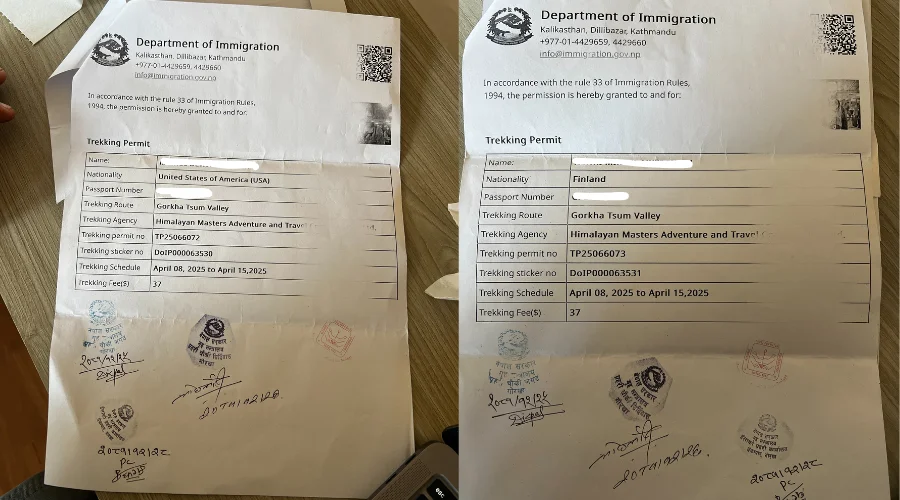
You can acquire Restricted Area Permits (RAPs) from the Department of Immigration in Kathmandu. You cannot have this permit on your own. An agency handles everything that takes care of your documents, itinerary, and everything else needed to make it official.
As for the price? It’s not fixed across the board. The fee depends on the region you’re headed to, how many days you’ll be trekking, and sometimes even the season.
Rules to Get Restricted Areas Permits in Nepal
First thing, you should have a valid visa in your passport. No visa means no permit, plain and simple.
Then, you can’t just walk into an office and ask for one. You need to go through a licensed trekking or travel agency based in Nepal. They’ll handle the whole permit process for you.
Trekking alone in these areas is not allowed. You need to be in a group of at least two people to get the permit.
A guide is a must, too. Not just any guide but someone officially registered and approved. It’s for your safety and helps with communication and local support.
Once the agency approves your itinerary, stick to it. You can’t stay longer than planned or go off-route. Rules are there to protect both you and the places you’re visiting.
Dos and Don’ts after getting RAPs
Trekking through restricted areas in Nepal like stepping into a sacred and untouched valley with ancient customs and raw mountain energy. But when you’re out there, remember, you’re not just a hiker; you’re a guest walking through someone else’s world.
First things first, tune into the local frequency. These communities have held onto their traditions for centuries. Respect their pace, their prayer flags, their silences. What may feel unfamiliar to you is their way of life, and being open-hearted goes a long way.
Trekking independently is not allowed in these areas. If the hills whisper trouble, you’ll want someone watching your back. And always carry you along with your Restricted Area Permit. The permit shows that the authorities allow you to be here, and it keeps everything legal and in check.
Always have a guide with you while trekking through restricted areas. A licensed guide expert is your compass, translator, and lifesaver sometimes. A porter can be a huge help, too, easing the load so you can focus on the journey, not the weight.
Get insurance before starting your Trek. Adventure is thrilling, but it doesn’t come with guarantees. A sudden slip or altitude sickness can change anything. Insurance turns chaos into calm.
Stick to the approved trail. It’s not just a suggestion but it’s how you avoid damaging fragile ecosystems. Wandering off-track may seem tempting, but these routes are planned to protect what’s rare and wild.
And finally, listen to the voices of authority out there. Rangers, officers, and caretakers know the land better than anyone. When they speak, they’re not just giving rules; they’re guarding a treasure.
Do I get Helicopter rescue in medical conditions in a restricted areas
Yes, Helicopter services provide rescue in case you get altitude sickness or injury when in restricted area in Nepal. But for that, travelers must buy insurance that covers helicopter evacuation and a recommendation letter from CAAN (Civil Aviation Authority Nepal).
Want to know more?
Speak to an Expert


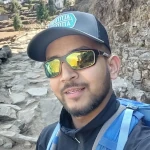


Sandip Dhungana
Nepal 🇳🇵
Whatsapp: +977-9823636377




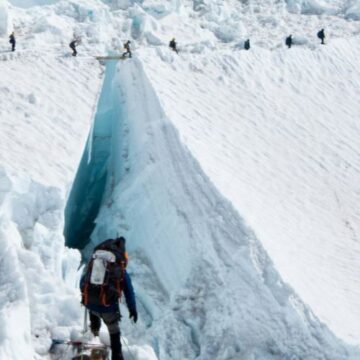
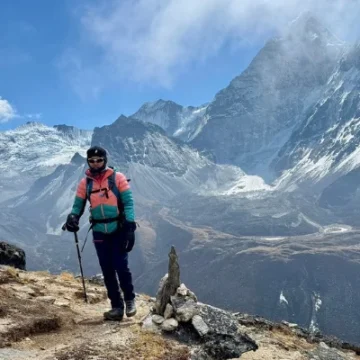

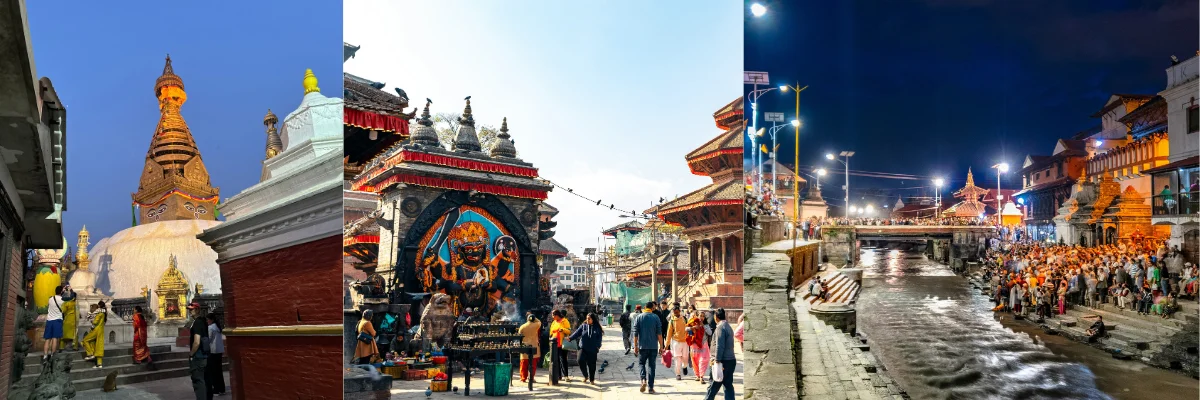

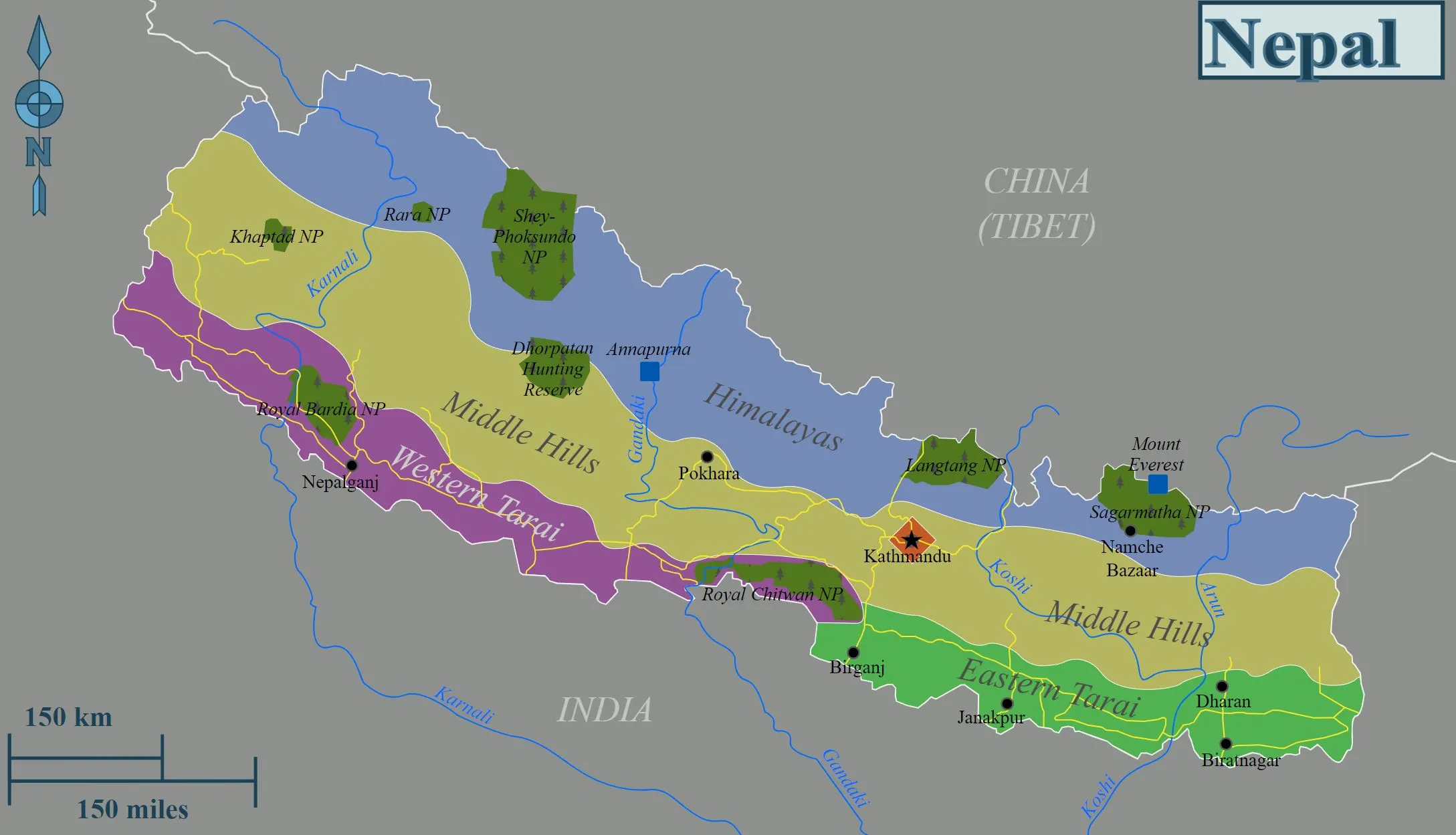
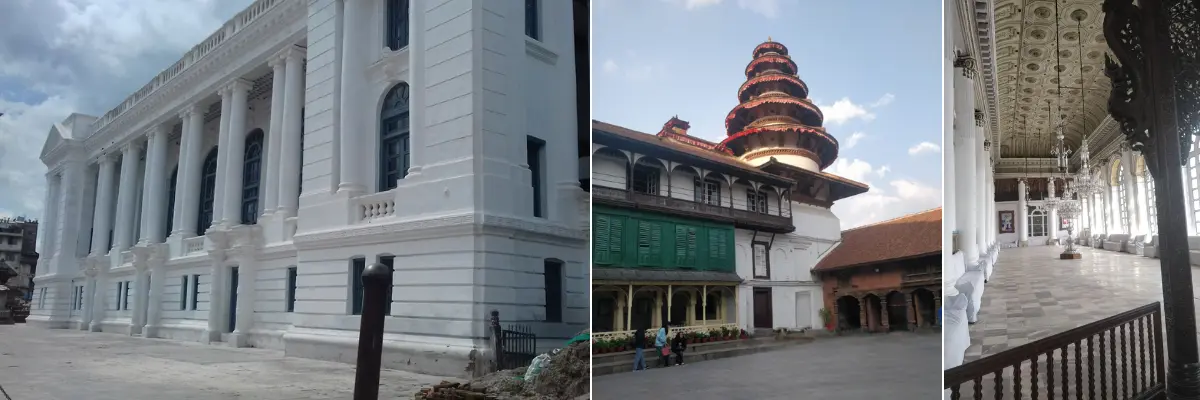
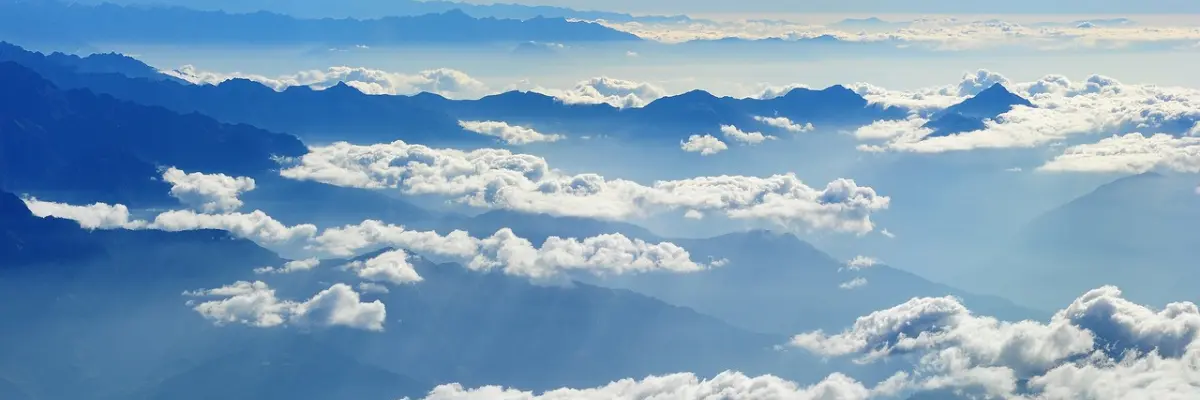










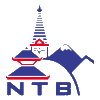
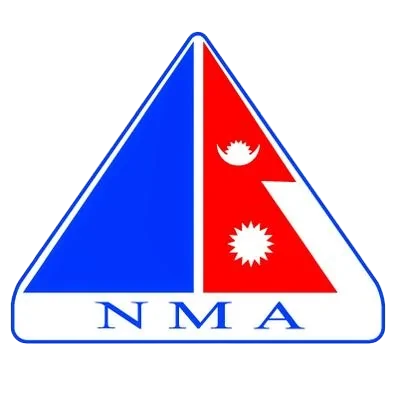

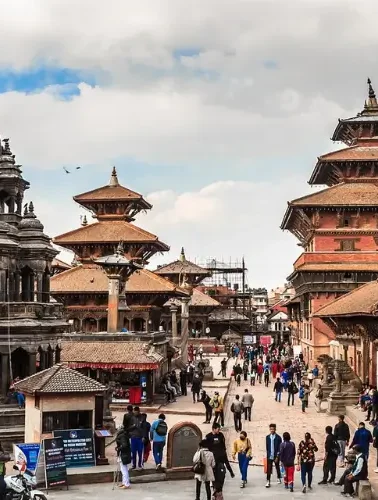
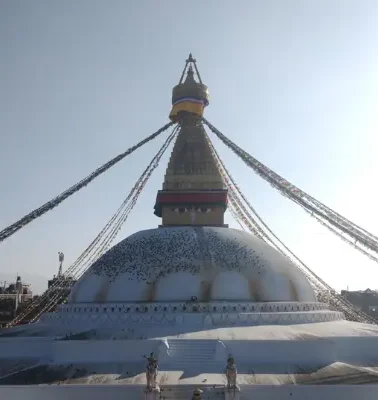
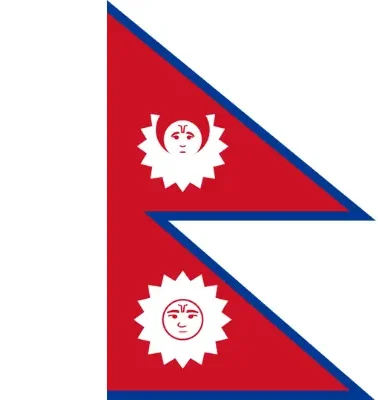
Leave Your Comment